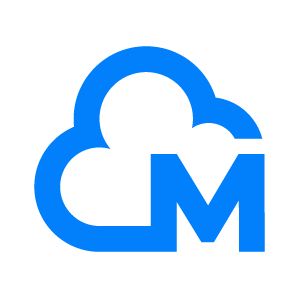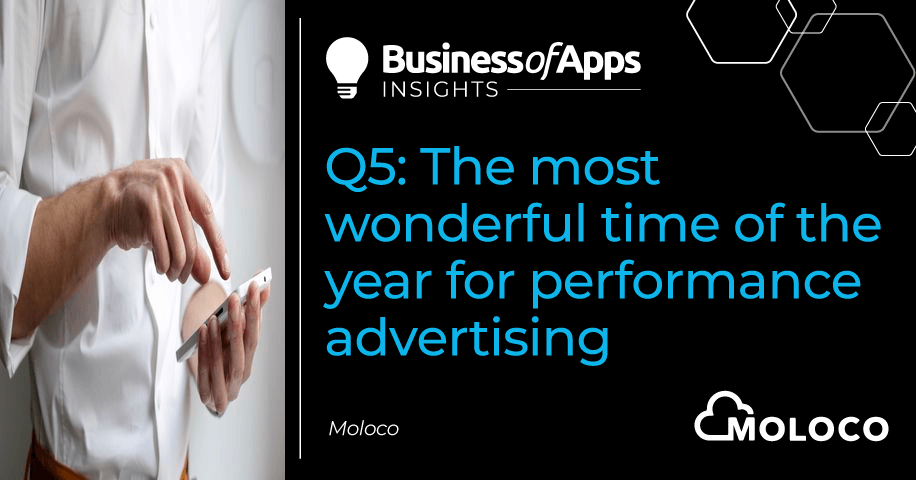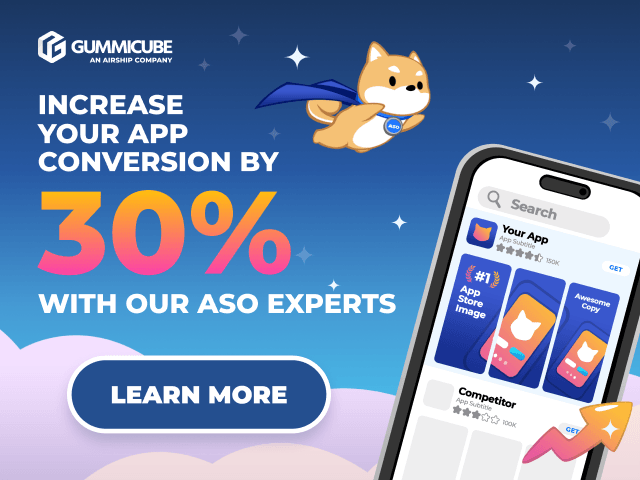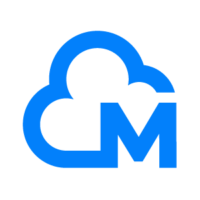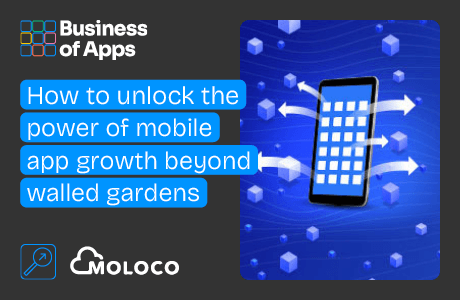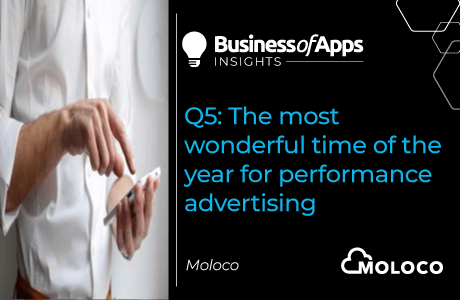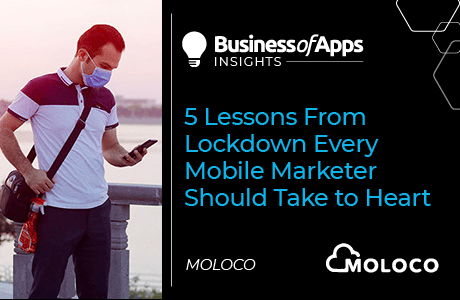We have all heard of why Q4 or the ‘Golden Quarter’ is the biggest time of the year for retailers and marketers, with key events like Christmas and Black Friday representing lucrative opportunities for marketers to achieve a higher return on advertising spend (ROAS). This is in spite of CPMs (cost per thousand impressions) and CPCs (cost per clicks), which tend to be higher in Q4 than during any other period of the year.
However, with CPMs tending to drop from Christmas Day, and typically staying low until the first or second week of January, this period has become known as Q5 – or the ‘hidden quarter’ for digital advertising. It’s important for mobile marketers not to lose sight of the Q5 opportunity, as this has become a valuable period to capitalise on.
There’s snow time like Q5
Q5 is a notable period of increased mobile device usage as we consider the fact that more people are enjoying more downtime indoors during the holiday season. As such, they will turn to smartphones and tablets to seek out new forms of entertainment. In addition, the latter part of December is still considered a key shopping moment, with consumers looking to make purchases during Boxing Day sales – which have come to represent a key retail peak on the calendar.
Christmas Day itself also typically sees the gifting of mobile and tablet devices which inevitably gives rise to new device activations that mobile app advertisers should leverage. Downloading apps is one of the very first things consumers do when getting a new mobile device, which is unsurprising, given that 42.5 million UK adults use apps on their smartphone or tablet devices. This presents a prime opportunity for mobile performance marketers, given there’s a large audience actively seeking out new apps during a period when CPMs and CPCs are at their lowest.
Making the most of the low media prices during this time will provide increased ROI, compared to Q4. Brands that may have exhausted their budgets during end-of-year campaigns and peak commerce periods, such as Black Friday and Cyber Monday, may find relief in networks offering discounted prices.
Mobile advertisers should take full advantage of this time period to ensure their brand is top of mind by making their apps easily visible and discoverable in app stores. As many brands hone in on the pre-Q4 surge, this is the perfect chance for a wider variety of apps to invest in and acquire new, high-quality users at scale in a less competitive environment without breaking the bank.
It’s the most wonderful time of the year for apps
While consumers are found to actively seek out entertainment during the last period of the year, a large variety of apps also stand to benefit from Q5. As this is typically the time of year when people are motivated to catch final sales and plan for the new year, apps ranging from entertainment, health and fitness, productivity, and retail should strike while the iron is hot. Brands that are aware of and lean into new year’s resolutions may also find they can attract a larger audience that is already inspired to make purchases.
In Western Europe, CPMs remain low from Christmas Day until mid to late January, which means there is a great opportunity for retail and e-commerce apps, such as food and alcohol delivery and ridesharing to drive downloads. With retail sales having risen significantly in January 2022, retail app marketers should make the most of this time to acquire high-quality users at scale.
Gaming apps are also particularly well-positioned to reap the reward in Q5, as app users increasingly turn to games on their mobile devices as a source of entertainment. Between October to December 2021, 60% of UK adults were found to be downloading and playing games on their mobile devices, and separate research revealed the number of hours spent in mobile apps in the second quarter of 2022 was approaching one trillion globally. Gaming app marketers should tap into this existing user base to drive in-app purchases in Q5.
Taking advantage of Christmas-chine learning
Of course, the approaches outlined above are not exhaustive, but merely provide a starting point on how app marketers can draw on Q5 to its full advantage to boost impressions, downloads, and visibility.
Data and machine learning can go a long way in ad targeting during this period. It can draw from a brand’s existing first-party data to measure the relationship between user characteristics and behaviours automatically. From here, app marketers can gather more valuable insights to inform their ad strategy, such as whether an app user clicked an ad or installed an app are all vital to ensuring that the Q5 opportunity can be maximised to its fullest potential.
Leveraging automation and advanced machine learning (ML) can enable advertisers to make the most of their budget – working smarter without spending more. Rather than serving ads for complementary products that consumers already planned to add to their shopping carts, ML can detect signals in real-time, helping to personalise and predict their shopping trends and habits, which in turn exposes them to items they did not realise they needed.
It’s a holly jolly Q5
App marketers who want to continue in their advertising strategy after the busy holiday season are highly encouraged to participate in this highly lucrative time period to attract new users and boost ad revenue. Q5 is not the time to sit back and forego the opportunity to boost app visibility.
While it may be tempting for UA teams to pause most or all of Q4 budgets due to high CPMs, this may be a mistake as media prices are lower during the post-holiday season, which, as highlighted above, would provide rewards ripe for the picking.
Given the time of year, consumers’ motivations also tend to change quickly. They are also likely more receptive to different ads, particularly those they would typically dismiss. This is, therefore, the ideal time for app marketers to experiment and introduce diversity in their creatives. Not only should UA teams be leveraging creatives with different messaging and visuals, but they should also get innovative with running various creative formats. For example, higher-impact assets should be paired with videos and playables with banners and interstitials to ensure maximum effectiveness.
A consumer looking to populate their new devices with apps have different priorities than one at any time of the year, making Q5 optimal for testing and understanding how effective different channels and integrated campaigns are at attracting target audiences without needing to make a large dent in budgets.


